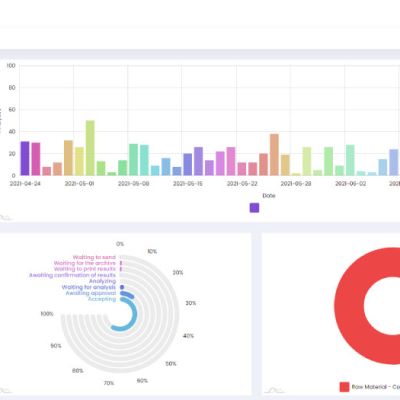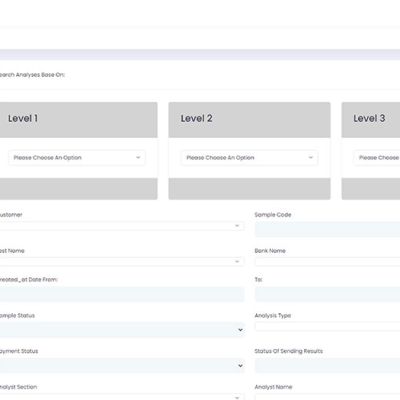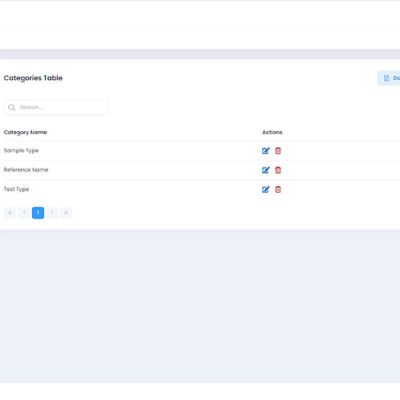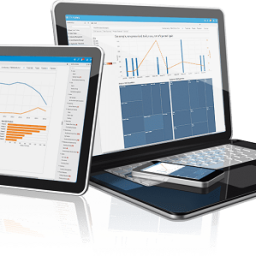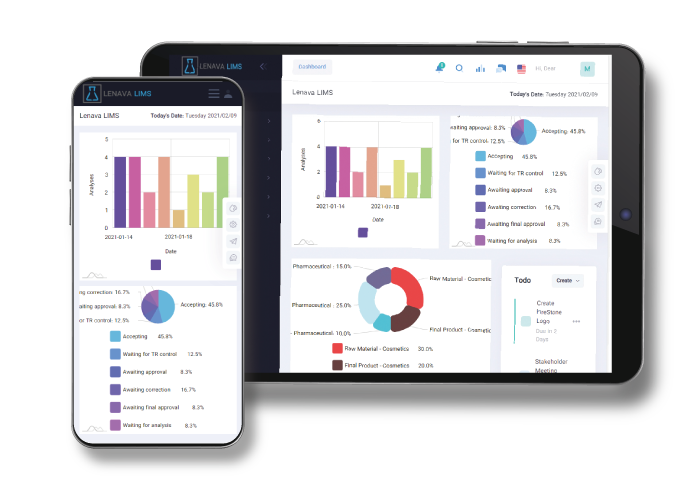
A LIMS (Laboratory Information Management System) helps you to better facilitate the flow of samples and data in the lab, using the most up-to-date technologies and features in a software form. A LIMS aids in the standardization of operations, testing, and processes while also providing reliable process controls. Devices may be incorporated into the LIMS to streamline the gathering of the testing datasets while also guaranteeing that they are correctly calibrated and only used by qualified individuals.
People utilize a LIMS to ‘become paperless’ because of the system’s inspection and revision control mechanisms. Modifications to findings and any updates to the test protocol, equipment, and chemicals employed are noted, unlike in a spreadsheet. This transparency helps the lab to improve in every stage.
Key Benefits of a LIMS
In addition to tracking and managing samples, LIMS can also perform many other jobs. It can:
- Automate workflows to reduce human error
- Organize quality control data access and storage
- Provide compliance support
- Keep track of reagents and lots
- Monitor instrument run status
- Conduct a downstream analysis of the data
- Enhance lab productivity by integrating instruments or other in-lab systems
…The main aim of a LIMS is to recover lab efficiency and accuracy by reducing manual operations. A LIMS system will perform a range of core functions.
Laboratory Information Management System and Its Features
In Sample Management, Laboratory Information Management Systems are often used to retain adequate data of each sample. When a sample is developed or initially comes into the laboratory, extensive data may be captured, which can be updated and increased during its lifespan. This usually contains the sample’s origin, the identities of the lab experts that worked on it, and the steps in the process it went through. It also contains instructions about how to keep it and any expiry dates. By storing this data in a LIMS, the chance of a sample getting lost, infected, or expired is reduced to none.
Lenava LIMS
If you’re looking for Laboratory Information Management Systems, you need to ask yourself how to get them. Thanks to Lenava LIMS, this procedure is made easy for you and your laboratory.
As It is first necessary to identify your needs and basic demands, you may need to consult an expert for advice. Our service of free consultation and guidance is available to you. Call us with any questions you have, and our expert consultants will provide the information you require.
Lenava LIMS made by Lenava engineering group







